Rural Resource Guide: Affordable Housing and Recovery in Rural Communities
Federally Assisted Housing Opportunities for Residents with Substance Use Disorders and Opioid Use Disorders
Substance Use Disorder (SUD) and opioid misuse have proliferated across the U.S. in the past decade – and rural America has been particularly impacted. Effectively addressing the opioid epidemic and supporting recovery includes a holistic community approach with an essential shared foundation; safe, stable, affordable housing. In an effort to equip local organizations with proper resources the Housing Assistance Council presents its new Rural Resource Guide: Affordable Housing and Recovery in Rural Communities, Federally Assisted Housing Opportunities for Residents with Substance Use Disorders and Opioid Use Disorders.
The guide serves as a resource to housing practitioners seeking to provide homes to households affected by substance use disorders. It presents the federal regulations for federally subsidized housing programs from the U.S. Department of Housing and Urban Development, the Internal Revenue Service, and the U.S. Department of Agriculture.
Join us for a webinar discussion about the intersection of affordable housing and recovery and gain first access to the new rural resource guide.

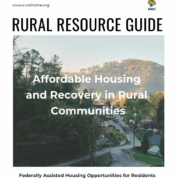
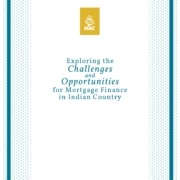
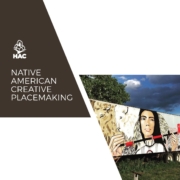
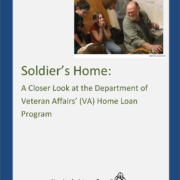
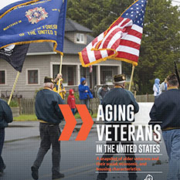
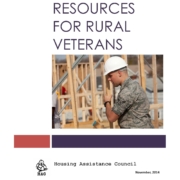 Housing Assistance Council
Housing Assistance Council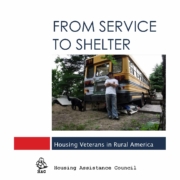 Housing Assistance Council
Housing Assistance Council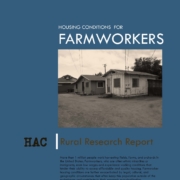
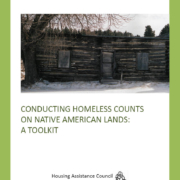 HAC
HAC